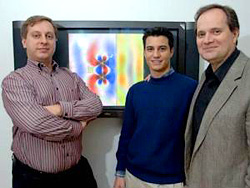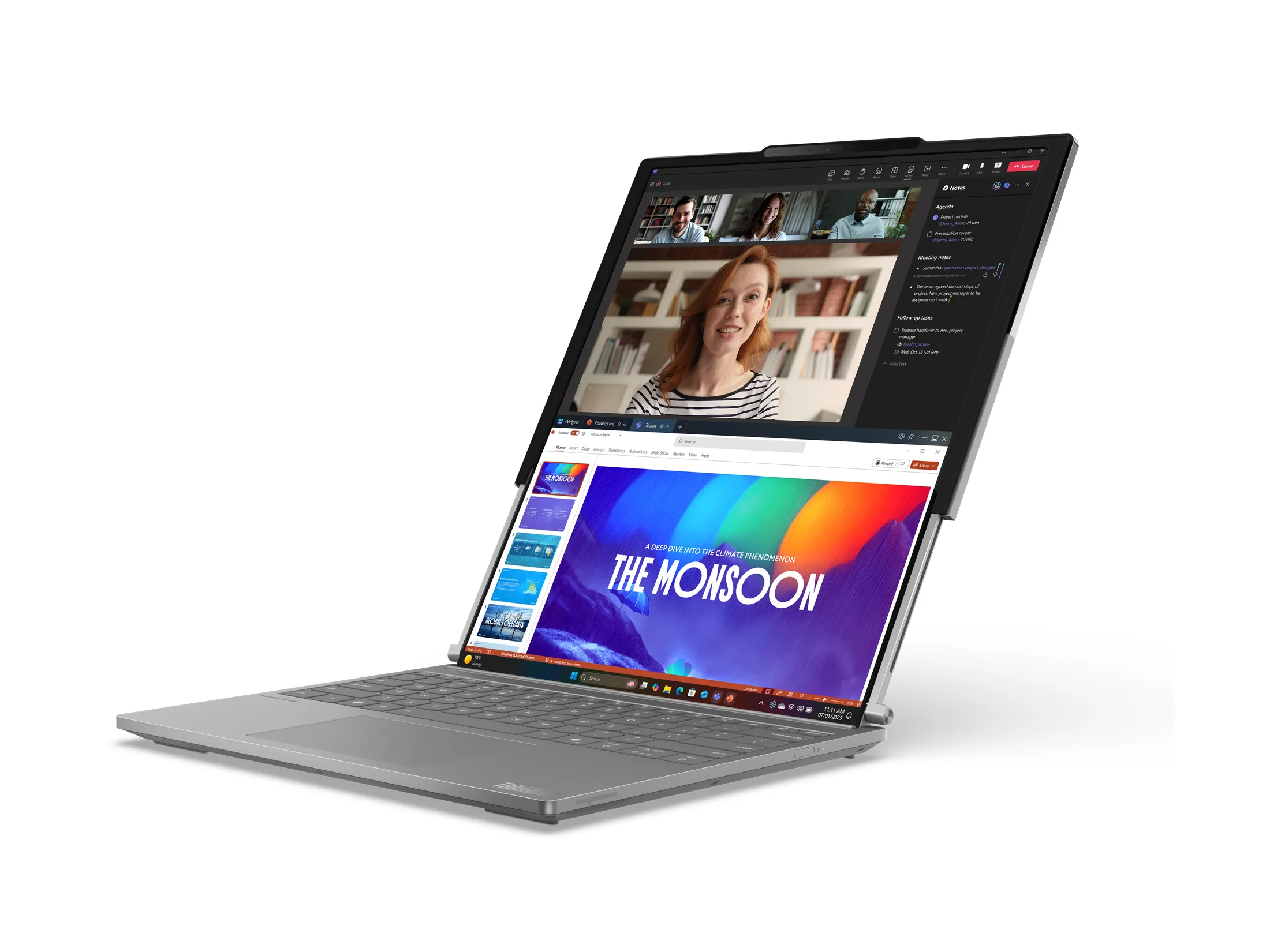 By Andrew Liszewski
By Andrew Liszewski
If you go back and read every portable gadget review ever written I guarantee you’ll find the one issue that connects them all is that of battery life. Sure you can get a few good hours out of most devices before they need recharging but it seems like my toys spend as much time plugged in as they do actually being used.
Marin Soljacic, an assistant professor at MIT thought the same thing one night when he was awakened by his cell phone’s low-battery alarm. While he didn’t quite find the secret to free energy he did come up with a possible way to allow gadgets to recharge themselves based on an old scientific principle. Electromagnetic induction is a phenomenon that allows energy to be transferred without the need for physical contact. For example a current running in an emitting coil can induce another current in a nearby receiving coil.
Eventually scientists discovered that electromagnetic radiation could be used to transfer energy over long distances though very inefficiently. A radio can get a signal this way but still needs its own power source. Soljacic thinks that a non-radiative electromagnetic field could be used to ‘broadcast’ energy over short distances like from one end of a room to the other. Any gadgets in the vicinity that were specially designed to resonate with this field would be automatically recharged.
While it’s still mostly theory at this point Soljacic’s MIT team has run the numbers and believes that a laptop could be recharged within a few meters of a wireless power source. Cool stuff for sure and a great alternative to mountains of recharging cables.
[ Wireless Energy Could Power Consumer, Industrial Electronics @ ScienceDaily ]










